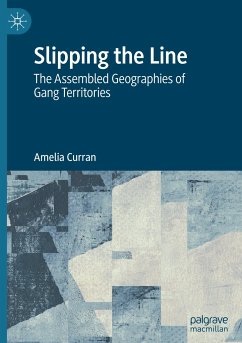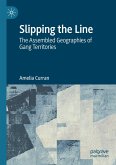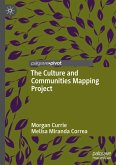This book brings a new spatial analysis to gang territories through the concept of the gang assemblage- the variety of actors, contexts, and practices that create and maintain these spaces. This conceptualization helps overcome the tendency of gang literature to succumb to the gang territorial trap, the tendency to assume gang territories are fixed and static containers of gang life. Drawing on multi-sited qualitative fieldwork in central Canada, interviews with gang and non-gang-affiliated residents, police, and administrators show gang territories being made material through a wide variety of daily embodied practices. Recognizing the role of multiple actors encourages a relational ethics of accountability between bodies, practices, and place that challenges the often-naturalized connections between race, space, and crime. Understanding gang space as enacted through embodied material practices provides an alternative way to think through, trace, and disrupt these associations.








